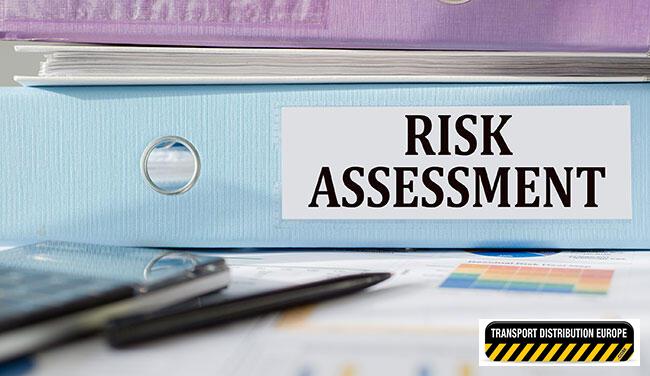Accident Prevention: How to assess the risks in your factory and warehouse environment
Jun 09, 2021
By Ed Smith,freelance journalist
As automation and market demand increases, so too does the scale and complexity of factories that power the manufacturing sector. With that added complexity, however, comes an increase in potential hazards to employees on the factory floor.
To ensure our assembly lines and plants are the safest they can be, it's essential to perform a thorough risk assessment. For as long as a chance of serious or fatal workplace injuries exists, employers can't afford to be complacent.
How to perform a robust risk assessment
By law, employers – or factory managers – are obliged to identify and assess any hazards in an Irish workplace. But the idea of undertaking a risk assessment needn't cause undue alarm. The process, as explained by the Health and Safety Authority, contains just three steps.
The first, quite simply, is to identify any potential hazards. And perhaps a better way of finding this out is to look at anything that could harm someone. It could be as basic as a trailing cable. Or it could be more detailed, such as the operation of a complex machine.
Once the hazards are identified, the next step is to work out exactly what risk is posed. This is again better considered by asking what the probability of someone being harmed is – and how serious could that harm be. With this detail, you can then put in place the necessary controls.

The common risks and hazards to identify
Of course, a good starting point is to be aware of some of the common risks or hazards in any factory setting. More often than not, these can be clearly identified – as can the controls you'll need to mitigate the risk of death or serious injury.
Take heavy machinery, for example. You may note that falling from height or being crushed is an inherent risk. As such, the controls you need in place could include safety guards, PPE such as gloves and goggles to operate, and regular training in its safe operation.
Noise is also a pressing concern in a busy, fully-functioning factory floor. If noise levels are to exceed 80dB in any instance, employers or factory management are obliged to supply quality ear defenders to workers in order to mitigate the potential risk of hearing loss.
Trips and falls are perhaps harder to identify as potential causes might only emerge through poor practices or wear and tear. In this instance, a risk assessment should look at all worst-case scenarios. From that, you can plan maintenance and cleaning schedules to address this.
How to use your risk assessment
Once a risk assessment is completed for your factory, the next step is to communicate what actions are being taken with the entire workforce. As there will be some obligations on them when it comes to implementing the measures, the findings must be explained clearly. So too must the responsibilities of individual employees – whether that's cleaning or training.
It's important to remember, however, that a risk assessment isn't a one-off assignment. The move to new technology, employee churn, and simply needing to be refreshed are all reasons to make assessments a regular part of your factory operations. Risks will remain and hazards will evolve – but continuing to monitor them means continuing to stay on top of them.
